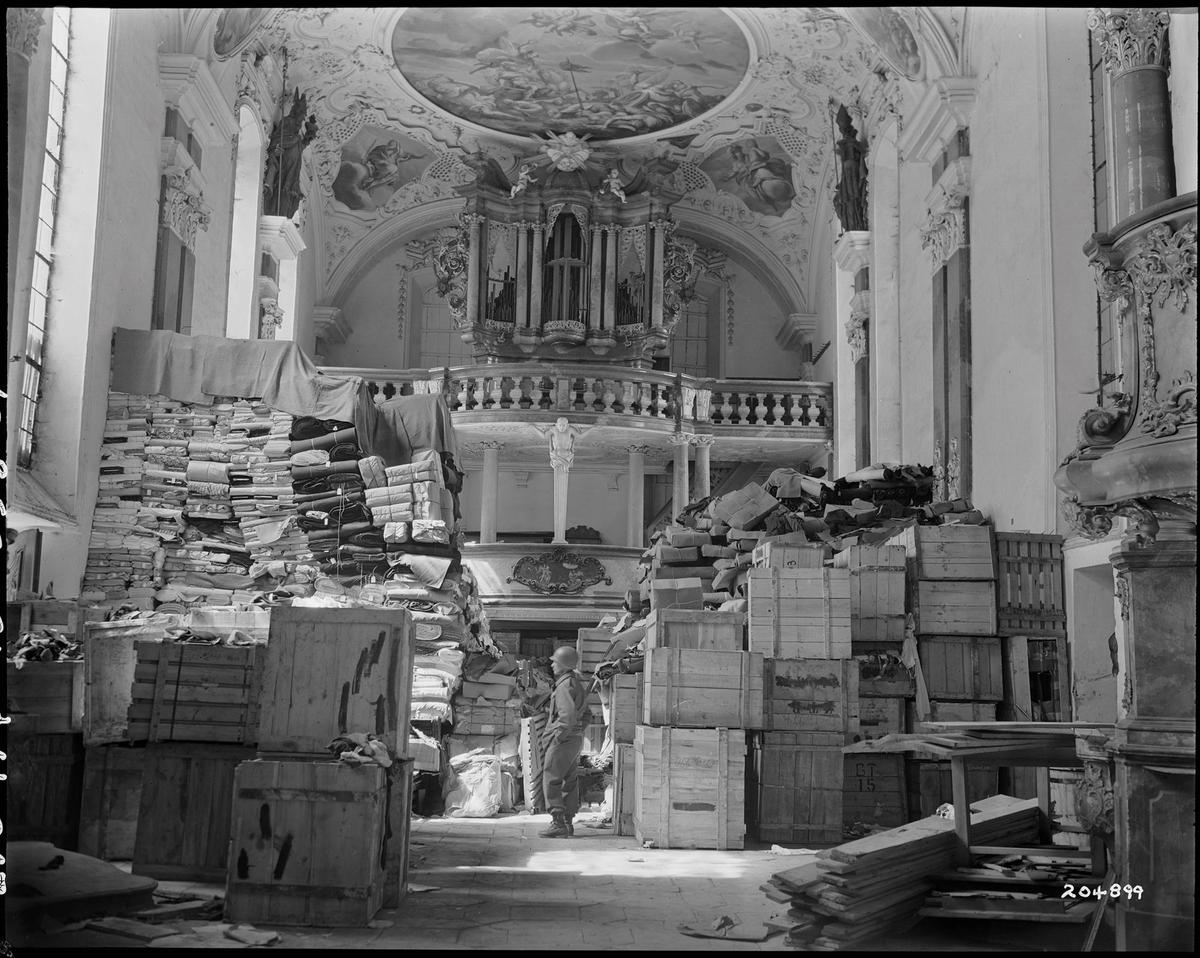A good reputation takes years to build but, frustratingly, can be lost in an instant. A public revelation that an art collection contains works looted by the Nazis can cause serious damage to the reputation of its owners. Even if you are the lawful owner of a work, unaware of its dark history, if it was unlawfully dispossessed by the Nazis, a cloud hangs over it. You will struggle to find a reputable dealer or auctioneer willing to sell it, let alone a willing buyer.
What to do in this thorny situation? As a first step, audit your collection. An audit may be prompted by a claim made to a work, or simply where a diligent owner or trustees decide to carry out an audit before the collection is passed on to the next generation.
The objectives of an audit should be set on a case-by-case basis; the likely aim will be to establish whether owners persecuted by the Nazis have been wrongly deprived of works of art without subsequent restitution or fair compensation. This will require thorough provenance research and access to internal documentation such as private archives, invoices, photographs, catalogues, valuations, inventories and diaries.
Each work should be physically inspected for any labels, names or stamps that might shed further light on the ownership history. In addition to online databases, libraries and archives will need to be consulted in an attempt to reconstruct provenance chains.
All of this should be conducted by specialist provenance researchers, either staff members or independent scholars, who are capable of identifying so-called “red flag names” in the provenance that might indicate an item has been looted. These “red flags” include, for example, the names of families known to have been persecuted by the Nazis as well as individuals, agents, dealers and auction houses involved in looting or trading Nazi dispossessed art at the time.
Implications and solutions
An estimated timeline and budget for the whole process should be mapped out in advance, ideally by a specialist art lawyer who oversees the whole process and works closely with the research team.
Crucially, the collector or family must fully understand the implications of the many possible outcomes if a work in the collection is found to have been unlawfully dispossessed, in order to decide on the best course of action. If problematic provenances are identified, the lawyers and provenance researchers can make recommendations to those who have final say, for example, the board of directors, the trustees or the owner.
Since there were many reasons for the involuntary displacement of property between 1933 and 1945, every case must be considered on its own merits, including the circumstances in which the current owner bought the work. Resolving the situation may involve: the return of the work to the family of the dispossessed owner; the payment of financial compensation; a sale to the family of the dispossessed owner at a reduced price; a sale of the work on the open market with a division of sale proceeds; or simply a public acknowledgment of the work’s history.
Ultimately, the objective must be to remove the cloud hanging over the work of art. The process must be documented in order to be able to show that the work can now be transferred or sold for its full market price free from any claim. If the collection is in the public eye, one of the challenges of the audit process is finding a balance between the need for discretion and the desire to reassure the public that the audit is conducted seriously and professionally. This will require the use of a public relations specialist to convey the right message to the press.
The message to collectors and investors is: do not wait until you get stung. Be proactive and transparent to preserve the value and reputation of your collection and to avoid it becoming a hostage to history.
• Isabel von Klitzing (owner, Provenance Research & Art Consulting), and Pierre Valentin and Till Vere-Hodge (lawyers at Constantine Cannon LLP) have worked together on audits and restitution settlements for a number of private collections over many years


